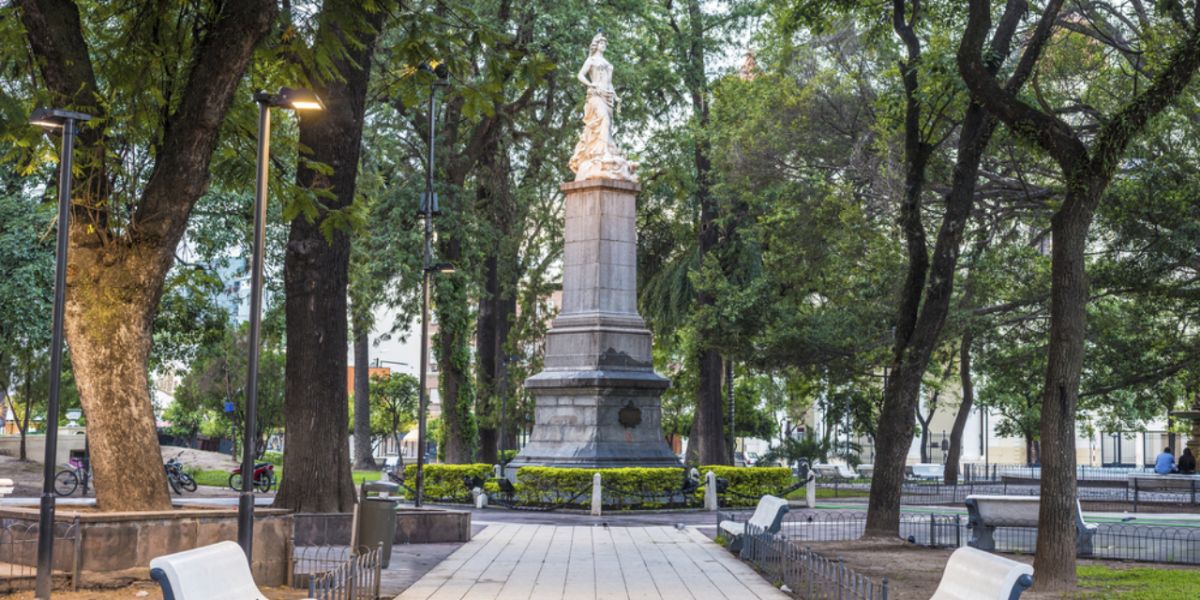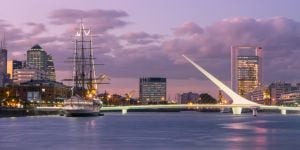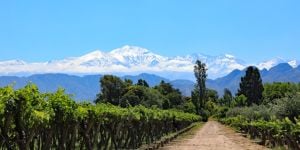
Located close to the Northern Andes, Tucumán is often referred to as the “Gate to Northern Argentina”. The province's capital, San Miguel de Tucumán, is also Argentina's birthplace. It is an area rich in agriculture, whose economy is essentially based on sugar cane, rice, fruit, and tobacco cultivation. Discover more about the city's history, key features, and tourist attractions below.
History
San Miguel de Tucumán, Argentina's fifth-largest city, was founded in 1565 by the Spanish colonial governor Diego de Villarroel at Ibatín on the Tejar River. After a disastrous flood in 1850, the city was moved 96km northeast, which is where it's located today. The introduction of sugarcane cultivation in the early 19th century stimulated its commercial growth and sugar has remained its main source of income, however tourism now comes a close second.
On July 9th, 1816, the "United Provinces of the Río de la Plata" declared their independence from Spain at the Congress of Tucumàn, which was the beginning of the Republic of Argentina. In memory of this significant milestone, you can visit two of the city's most important landmarks: the Casa de Tucumán and Centro Cultural Alberto Rougés.
Features
San Miguel is also known as "El Jardín de la Republica" (Garden of the Republic) because of its mild climate and rich flora. It is home to large pastures, mountain ranges and numerous water resources, including boreholes.
The city hosts two of the region's biggest universities: the National University of Tucuman and the Northern University Saint Thomas Aquinas, making it a popular choice amongst students. However, few people settle in San Miguel, as it tends to be more difficult to find a job there than in other Argentinian cities.
As a tourist, San Miguel is a great place to stay, due to its rich architectural and urban heritage. Many of its streets are decorated with trees, such as Orange Trees, Tipa Trees and Jacarandas, which bloom at specific times of the year. The most famous sights are the Casa de Gobierno (Tucumán Government Palace), a neo-classic beauty with a Parisian touch located on Plaza Independencia, Our Lady of the Incarnation Cathedral and both the San Francisco de Nuestra Senora Church and La Merced Church.
Two museums of interest are the Provincial Historical Museum 'Nicolás Avellaneda' (Argentina's president from 1874 to 1880), which has about 10,000 pieces displayed across seven rooms, and the Museum of Iramain, one of the pioneers of Latin American art. You might also wish to visit La Casa Padilla, which boasts paintings, sculptures and decorative objects displayed in an elegant 19th-century home.
For nature lovers, the Miguel Lillo Foundation is a natural park which includes many of the region's endemic plant species. The wildness of the region also allows for trekking, horse riding, paragliding, kayaking and canyoning, and there is world-class paragliding and hang gliding in the hills west of town.
At night, the fumes and heat of the day begin to lull, and cafes and bars come to life. San Miguel's buzzing cultural scene is mostly fuelled by young professionals who have resettled here and, as a result, you'll find a number of comfortable places that offer good food and a lively atmosphere.
For more articles on cities in Argentina, visit our website.
We do our best to provide accurate and up to date information. However, if you have noticed any inaccuracies in this article, please let us know in the comments section below.








